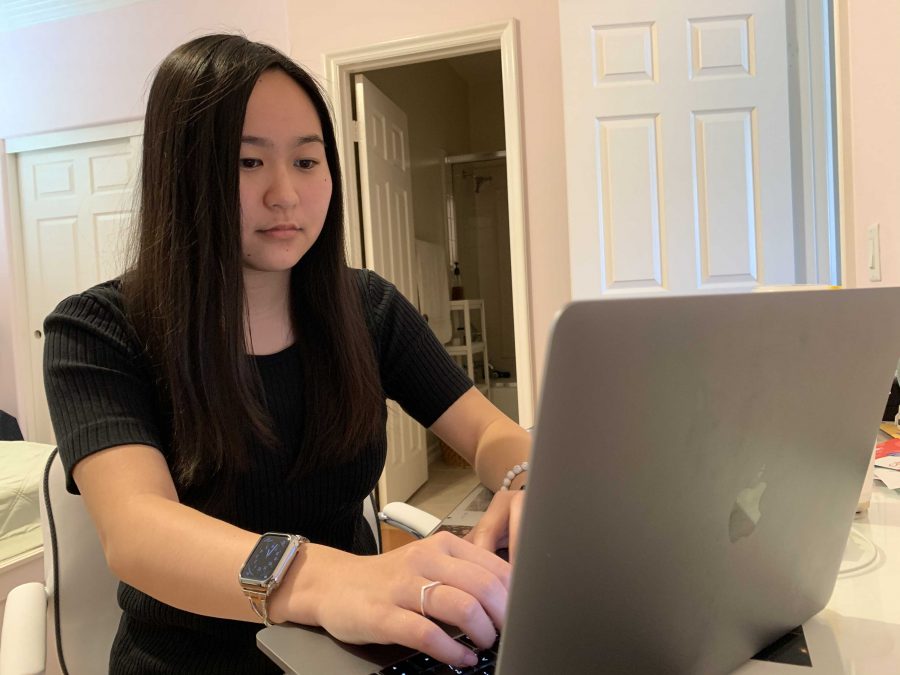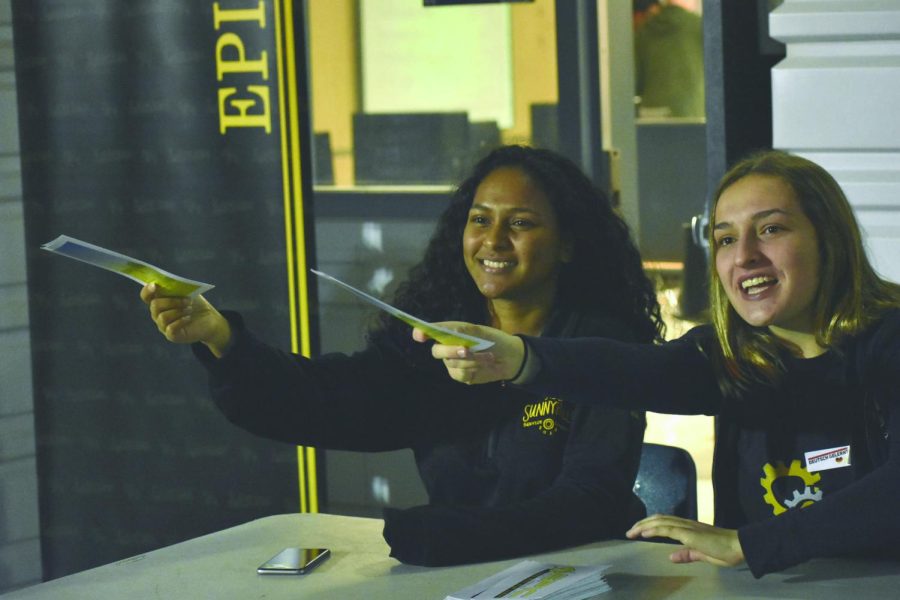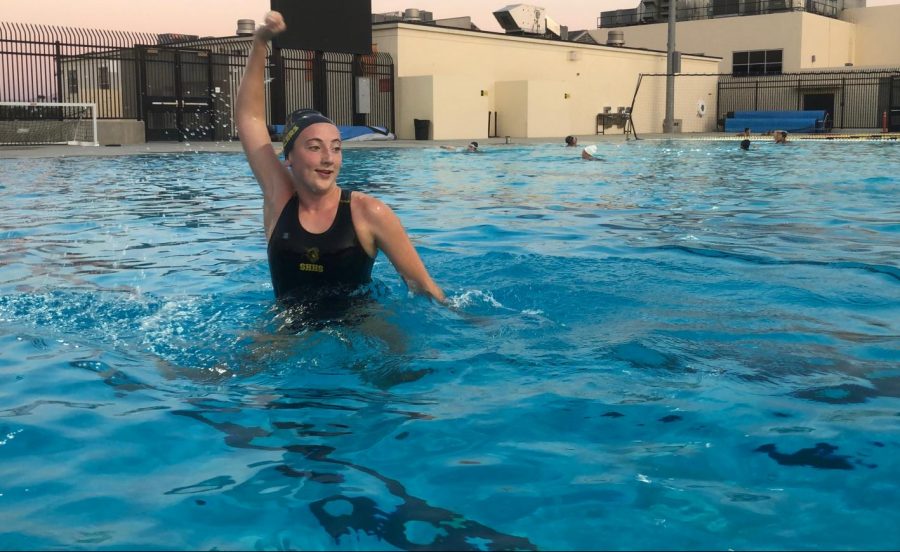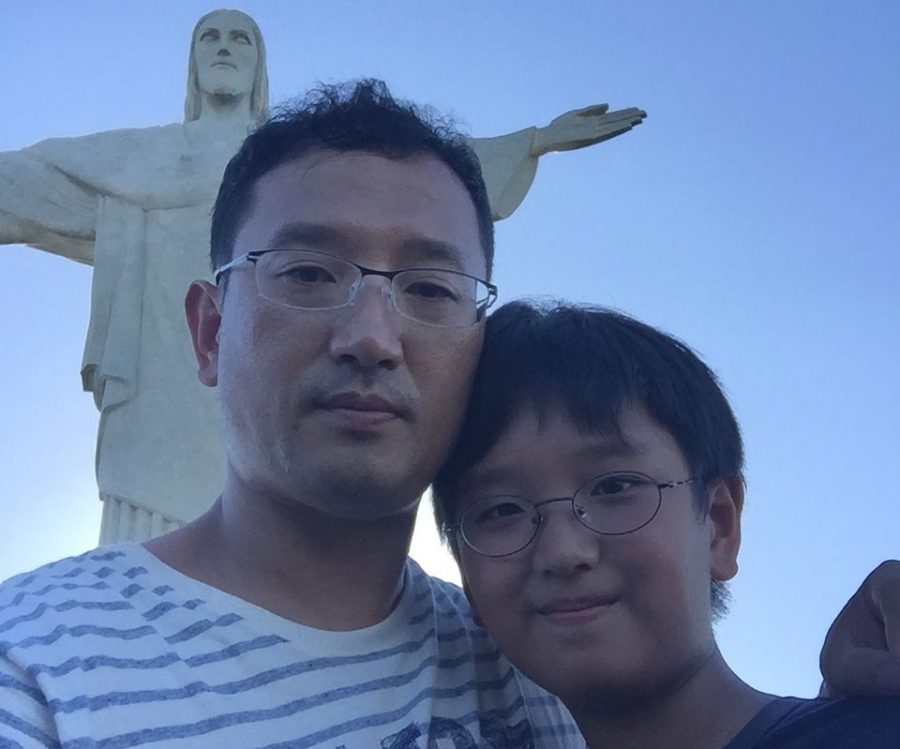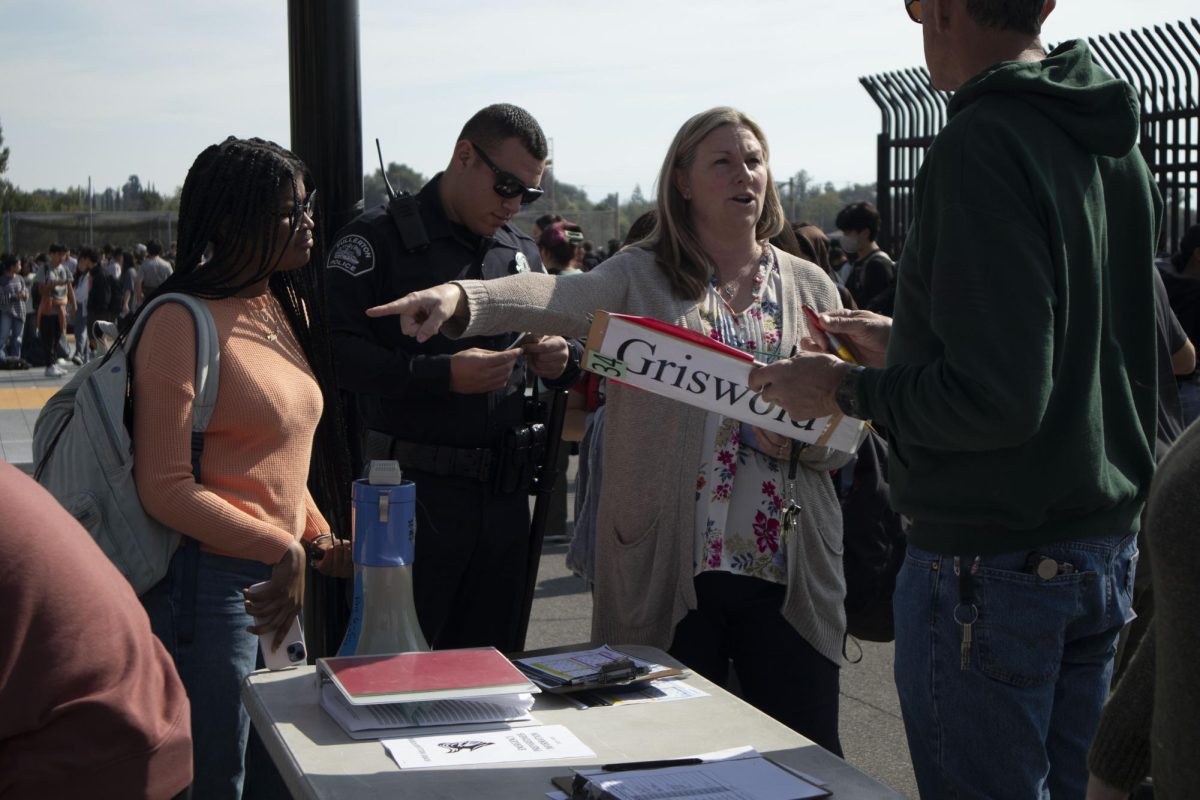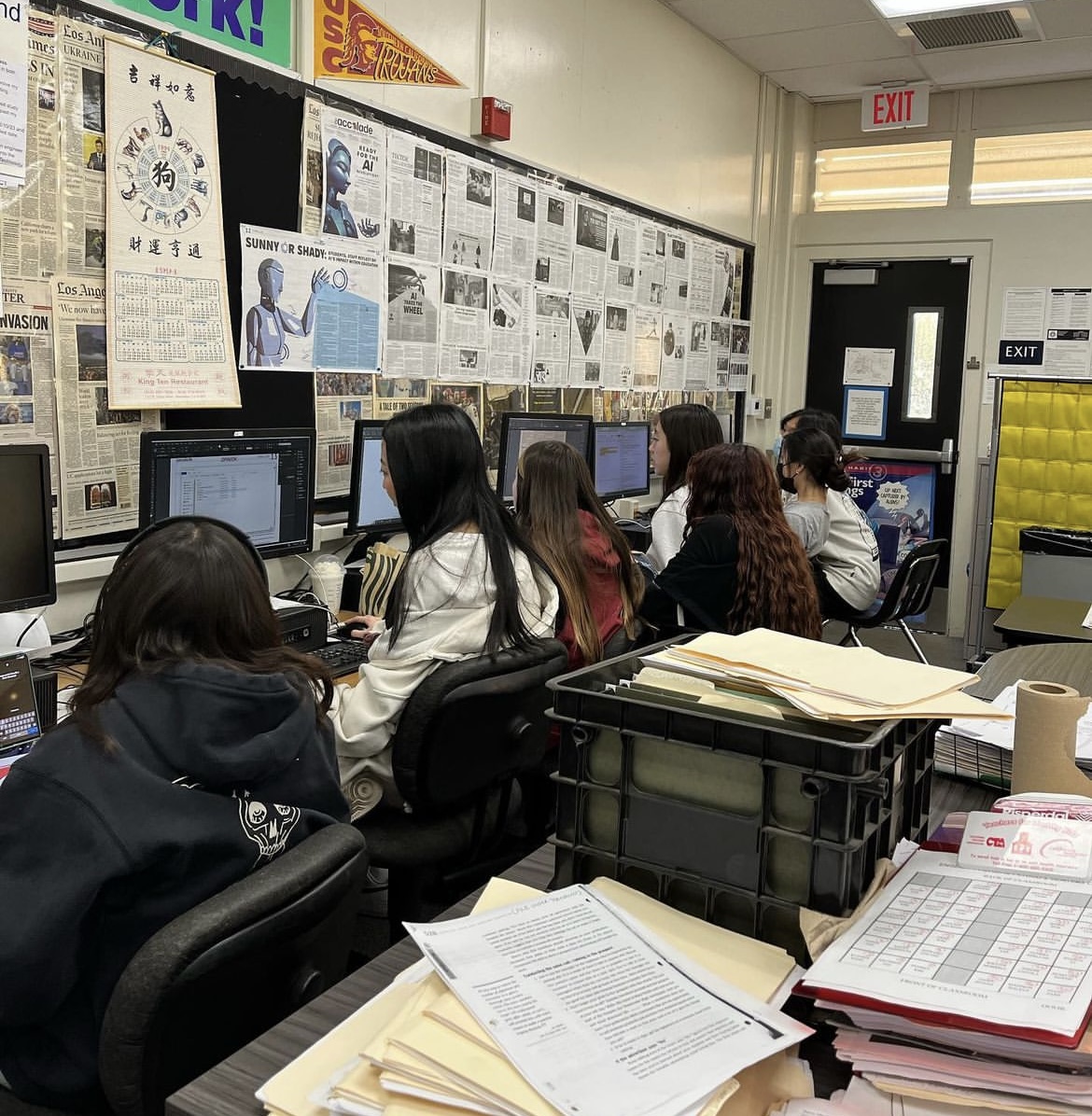It was just another Friday night at my freshman dorm. My friend Kristina and I were dressing up for The Stanford Daily’s “Special D” — a campus tradition in the form of a dinner party — to celebrate the launch of our winter quarter magazine.
Our plan was to de-stress before finals by enjoying food, music and conversations with our fellow newspaper staff.
However, an email from provost Persis Drell thwarted our plans completely.
“For the final two weeks of the winter quarter, beginning Monday, March 9, classes at Stanford will not meet in person,” Drell wrote. “To the extent feasible, we will be moving classes to online formats in place of in-person instruction.”
Our dorm of 94 erupted in chaos. People began to crowd the hallways — some cheered with excitement from the change, while others found it more stressful.
Many of the Bay Area natives whose parents were only a short drive away insisted on their children returning home that night.
Earlier that Friday, March 6, university officials had also announced via another email that two undergraduate students were isolated and were to be tested for COVID-19. The prospect of catching the virus was scary for many, including my parents, who urged me to come home as soon as possible.
Within 48 hours following the announcement that called for online classes, my ENGLISH 91: Creative Non-Fiction professor and my URBANST 110: Introduction to Urban Studies professors wrote to me in an email stating we would be virtually conducting our final week of classes. They made promises to follow up with specific instructions, but their delay in doing so suggested to me that they were also struggling to adapt to this novel teaching style.
The professors of my other two courses — AMSTUD 157P: Solidarity and Racial Justice and CSRE 1A: My Journey: Conversations on Race and Ethnicity — announced the cancellation of our remaining class sessions via email and urged us to use Canvas to turn in our final projects and papers.
After receiving confirmation from my professors that I would not have to physically turn in any of my upcoming assignments, I booked a flight for Sunday morning, March 8. Half of my dorm mates followed suit with the majority of them leaving by that following Monday, March 9.
The days after the announcement were riddled with students packing as much as they could take, saying teary goodbyes to their friends and still stressing about their upcoming finals, which were scheduled to take place from March 16-20.
Many of us who left early on, including me, did not realize the scope of the situation. I packed my bags with the notion that I would be returning in mid-April, and this mindset led me to leave many of my clothes, cosmetic products and other accessories that are currently collecting dust within my dorm room.
Upon arriving home on Sunday afternoon, March 8, I realized that I could not yet relax. I still had a week’s worth of classes to take online with a subsequent week of finals. I began drafting ideas for my final papers and wrapping up the assignments that I had started on campus.
The next few days exposed me to online learning via Zoom, the main platform that the university recommended in its email announcements to the campus community. Although virtual learning wasn’t completely new for me — I took online college courses as a high school student — it was definitely a strange experience seeing my classmates whom I had conversed with in person for the previous nine weeks in tiny boxes on my laptop’s 13-inch screen.
As for the two courses that I did have on Zoom, my experience was vastly different for each one. ENGLISH 91, which consists of around 15 students, is an interactive class in which we read different modern literary selections and poetry, write our own pieces and provide feedback on each other’s work.
Because of the course’s style, many of us ended talking over each other when wanting to contribute to discussions. Although my professor tried to facilitate an orderly conversation, my classmates and I ended up simultaneously opening our mouths to respond to his questions. Our discussions ultimately turned into a “You can go first,” “No, it’s OK, you go” ordeal.
My URBANST 110 course, on the other hand, is very much “traditional” in the sense that it takes the form of professors (it’s co-taught by two instructors who occasionally bring in guest speakers) lecturing on a topic and students taking notes.
Because it is a much bigger course that does not foster the same intimacy of a 15-person class, many students opted to turn off their cameras, as I could only see two faces out of 40. The other 38 students’ names were displayed alongside crossed-out camera icons, indicating that they either could not or did not want to show their faces.
Furthermore, many students kept their microphones muted and did not actively engage in discussions. In fact, many of us refused to unmute our microphones to speak and instead communicated with our professor via Zoom’s chat box feature.
My professor even cracked one of his usual jokes and laughed at it by himself, which I found amusing and saddening.
I suspect that this is what most classes in the upcoming spring quarter will look like because professors cannot force their students to turn on their cameras — not everyone has access to a device with a webcam or a microphone, either.
I definitely found it difficult to pay attention to what my professors were saying from the comforts of my childhood bedroom. On a typical school day, my roommate and I would get up around 8:30 a.m. to wash up, eat breakfast and dress nicely for our classes.
The added noise of our dorm mates shuffling through our building’s hallways and recurrent “good morning” exclamations proved to be effective methods of getting us into study mode. However, being able to attend lectures without even leaving bed has resulted in drowsiness and a weaker attention span on my end.
The Daily has drastically changed, too. We’ve continued to churn out articles to post on our website, but my duties as desk editor have been diminished because of our editor-in-chief’s decision to cease print editions for all of the spring quarter.
Because high school is so different from college in terms of the number of courses that students take and the lack of breaks in between each class period, I feel online learning will be much more difficult for my brother, who is a junior, and others to adapt to.
Thinking back to my high school self, I probably wouldn’t have been able to focus without my teachers standing in the front of the classroom and directly demanding my attention.
If I were faced with this situation a year ago, it would’ve been too easy to pull up my favorite episode of “The Office” and watch it simultaneously with my Zoom lecture going on in the background. The only thing that stops me from doing this as a college student is the fact that spring quarter tuition nears $18,000.
Although the situation is rapidly changing, and Stanford has not yet announced whether we will return later this academic year, I’m grateful that I have the resources I need to continue my education online.
Studying definitely won’t be the same without midnight mozzarella stick runs, bike rides to Green Library and the sounds of my residential assistants enforcing quiet hours amid the collective screams of students just trying to get through their problem sets, but we’re all doing our best to exercise resilience to survive these tough times.
As of now, I doubt that I would be returning to the beautiful red-tile roofs and sandstone archways that I have learned to call my home since September. It certainly would be an adventure if I were to take a quick trip back up to my dorm to pick up my favorite stuffed pillow and other hastily abandoned belongings.

